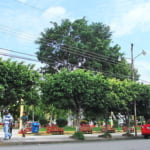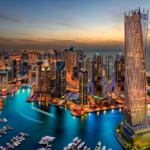Name: Budapest, including the Banks of the Danube, the Buda Castle Quarter and Andrássy Avenue
Official/Related Website URL: http://jp.gotohungary.com/hungary1
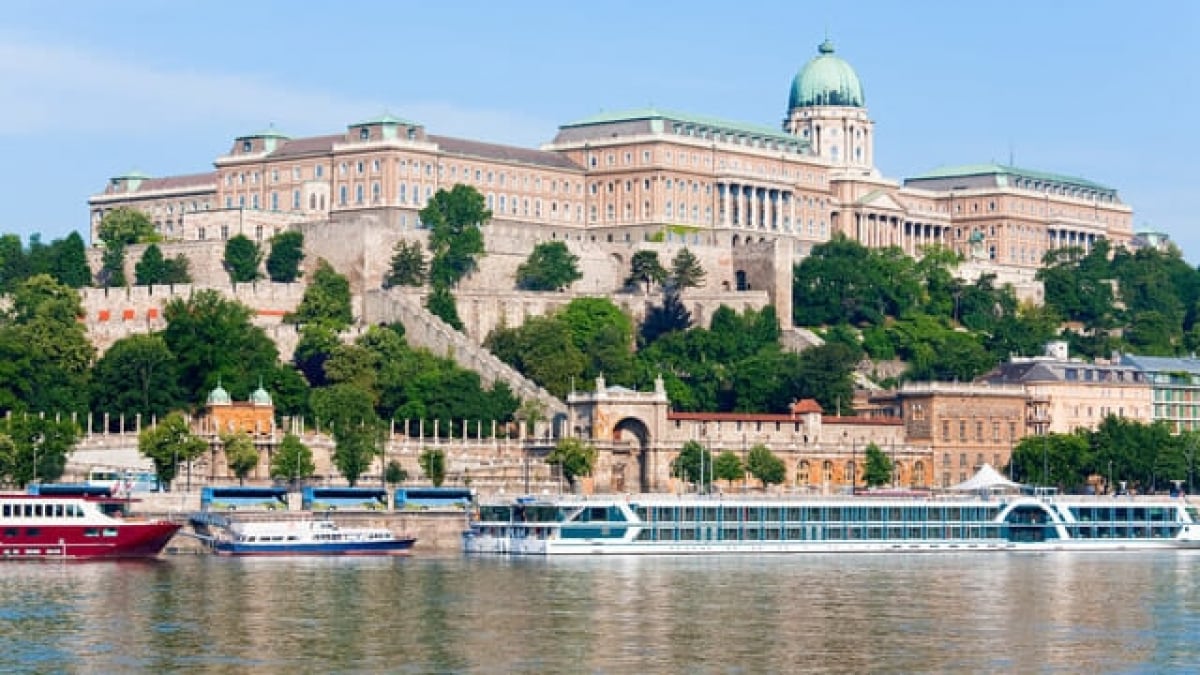
World Heritage Site known as the “Pearl of the Danube”! Introducing the beautiful streetscape of Budapest
Hungary’s capital, Budapest, was originally two separate cities on either side of the Danube River: Buda and Pest. In 1849, the Chain Bridge was built to link Buda—home to the Royal Palace—and Pest on the opposite bank. The two cities officially merged in 1872 to form today’s Budapest.
Renowned as the “Pearl of the Danube” and the “Paris of Eastern Europe,” this beautiful cityscape was inscribed as a UNESCO World Cultural Heritage Site in 1987. In 2002, Andrássy Avenue—lined with historic buildings—was added, creating the expanded designation “Budapest, including the Banks of the Danube, the Buda Castle Quarter and Andrássy Avenue,” which continues to attract countless visitors.
table of contents
[x] close
World Heritage Site known as the “Pearl of the Danube”! Introducing the beautiful streetscape of Budapest
What are the Banks of the Danube, the Buda Castle Quarter, and Andrássy Avenue?
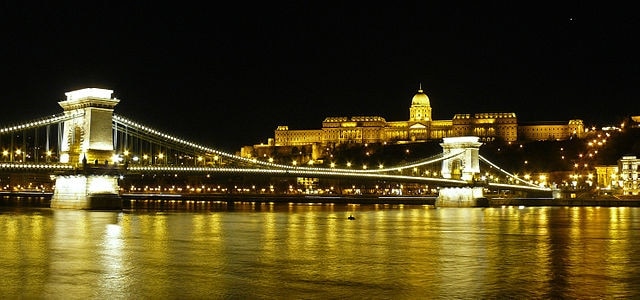
Budapest still has many spa resorts today, but in the Óbuda district in the city’s north, the Romans established a provincial town called “Aquincum” around the 2nd century AD, complete with bathhouses. In the 9th century, the nomadic Magyars migrated here, founding the Kingdom of Hungary. In the 13th century, the Mongol Empire invaded, prompting the construction of Buda Castle for defense.
In the 16th century, the city was occupied by the Ottoman Empire, and in the 17th century it became part of the Holy Roman Empire. In the 19th century, Buda, Óbuda, and Pest were unified, creating modern Budapest. At this time, the Austrian Empire—successor to the Holy Roman Empire—recognized Hungarian autonomy under a dual monarchy, with the Habsburg Emperor also serving as King of Hungary. This fostered national pride among Hungarians, and during the 1896 millennial celebration of Hungary’s founding, Heroes’ Square was built and the city’s streetscape was refurbished. Although bridges and buildings were heavily damaged during World War II and the Hungarian Revolution, they have since been faithfully restored.
The World Heritage Site covers a large area with many attractions, so let’s introduce representative spots from the three key areas in its name: the Buda Castle Quarter, the Pest side, and Andrássy Avenue.
Access to Budapest
From the airport, take the miniBUD shuttle bus or ride a local bus to Kőbánya-Kispest Station, then transfer to the metro to reach the city center.
From Vienna, the train takes about four hours. Within Budapest, transportation is well developed, with four metro lines, trams, buses, and trolleybuses. Notably, Metro Line M1, which runs along Andrássy Avenue, was the first underground railway on the European continent and is itself part of the World Heritage Site.
Three recommended highlights of the Banks of the Danube, the Buda Castle Quarter, and Andrássy Avenue
Fisherman’s Bastion
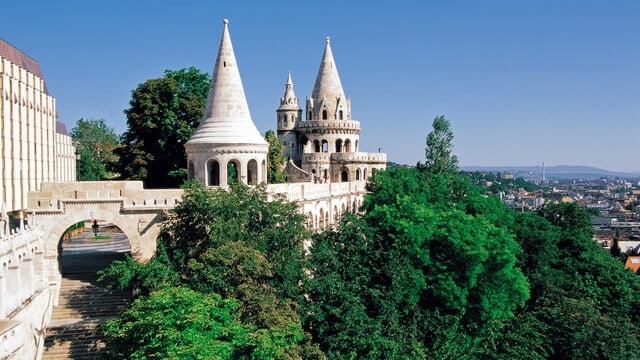
The first highlight is on the Buda side: Fisherman’s Bastion, an observation terrace built on Castle Hill. In medieval Budapest, fishing was a thriving trade along the Danube. Fishermen formed a guild inside Buda Castle and reportedly defended the castle together during times of war, which inspired the name. However, the bastion itself was not built for defense but as part of a beautification project.
Its seven charming conical towers represent the seven Magyar tribes who founded Hungary, each adorned with a statue of the tribe’s chief. The roofs evoke the tents from their nomadic past. Built in 1896 to commemorate 1,000 years since Árpád, the founding hero, led the tribes to settle in Hungary, the bastion offers stunning views of the Parliament Building across the Danube. You can reach it by bus or funicular from the base, but walking up the stairs while enjoying the scenery is also delightful.
Parliament Building
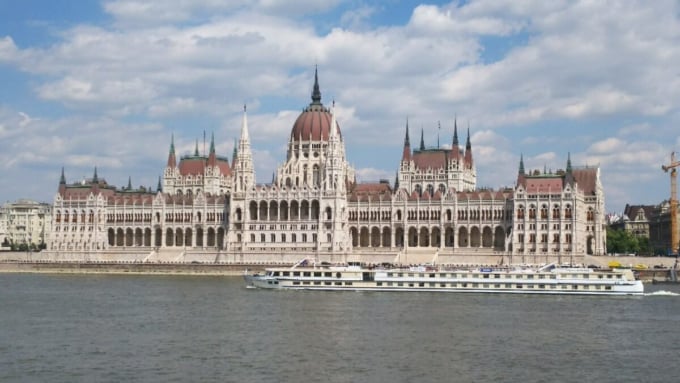
The second highlight is on the Pest side: the Parliament Building. Among the many buildings along the Danube, this beautiful Neo-Gothic structure stands out. Like Fisherman’s Bastion, it was planned for the 1896 millennial celebrations and was completed in 1904. On October 23, 1989, this building was the site where Hungary’s official name changed from the “Hungarian People’s Republic” to the “Republic of Hungary.”
Although still an active parliament, guided tours are available on non-session days. Inside, you can see the Holy Crown of St. Stephen, the royal sword, and other coronation regalia passed down through Hungarian kings. The lavish interiors—featuring 500,000 gemstones and 40 kg of gold—are accessible only through these tours.
Heroes’ Square
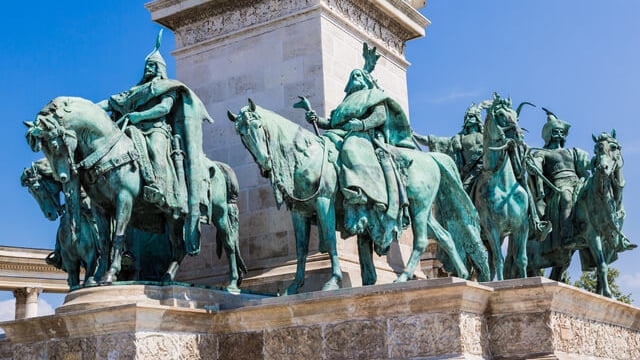
Lastly, we move to the extension area along Andrássy Avenue. This grand boulevard runs straight from Deák Ferenc Street in central Pest to Heroes’ Square, just before Széchenyi Thermal Bath. The square was also built for the 1896 millennial celebrations. At its center rises a 36-meter column, at whose base stands a statue of the founding hero Árpád, surrounded by equestrian statues of the seven Magyar chieftains.
On the left colonnade are statues of great kings such as St. Stephen I, who established the kingdom, Béla IV, who built Buda Castle, and Matthias I, who once conquered Vienna. The right colonnade features Hungary’s most notable politicians and generals. Behind the square lies City Park, a popular relaxation spot for locals. Nearby attractions include Széchenyi Thermal Bath, the Museum of Fine Arts, the Hall of Art, and Vajdahunyad Castle.
◎ Summary
Other attractions in Buda include Buda Castle, Matthias Church, and Gellért Thermal Bath. On the Pest side, you’ll find St. Stephen’s Basilica and Keleti Railway Station, home to the “most beautiful McDonald’s in the world.” Along Andrássy Avenue, there’s the Hungarian State Opera House and the Budapest Puppet Theatre.
But perhaps the most iconic view is of Buda Castle framed by the Széchenyi Chain Bridge—especially at night, when the scene is breathtaking. If you have time, a Danube River cruise is also highly recommended.
RELATED ARTICLES
REGIONS
CATEGORIES
FEATURED ON Hungary
-
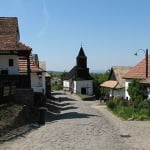
Hungary’s Most Beautiful Village: The World Heritage Hollókő and Its Surrounding Area
-

Maybe You Can Find a Hidden Gem? A Guide to Hungary’s Shopping Spots
-
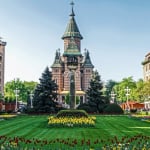
Romania’s International City! 8 Must-See Tourist Spots in Timișoara
-

18 recommended sightseeing spots in Hungary
-

The Best European Cities To Visit for History Lovers Besides Paris and Rome
MOST POPULAR ON Hungary
-
 1
1Doha: Must-see Attractions in the Capital of Qatar
-
 2
2Toronto: 10 Things to do in this Picturesque Canadian City
-
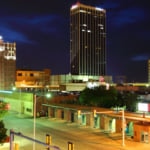 3
3Amarillo: A City Famous for It’s Amazing Canyons, Great History and Music
-
 4
4South Korea: Dazzling Scenery, Rich Culture and Fascinating History
-
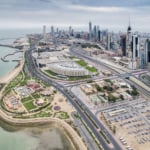 5
5Kuwait: A Country in Middle East Asia Famous for Hot Sand Dunes and Stunning Cityscape



